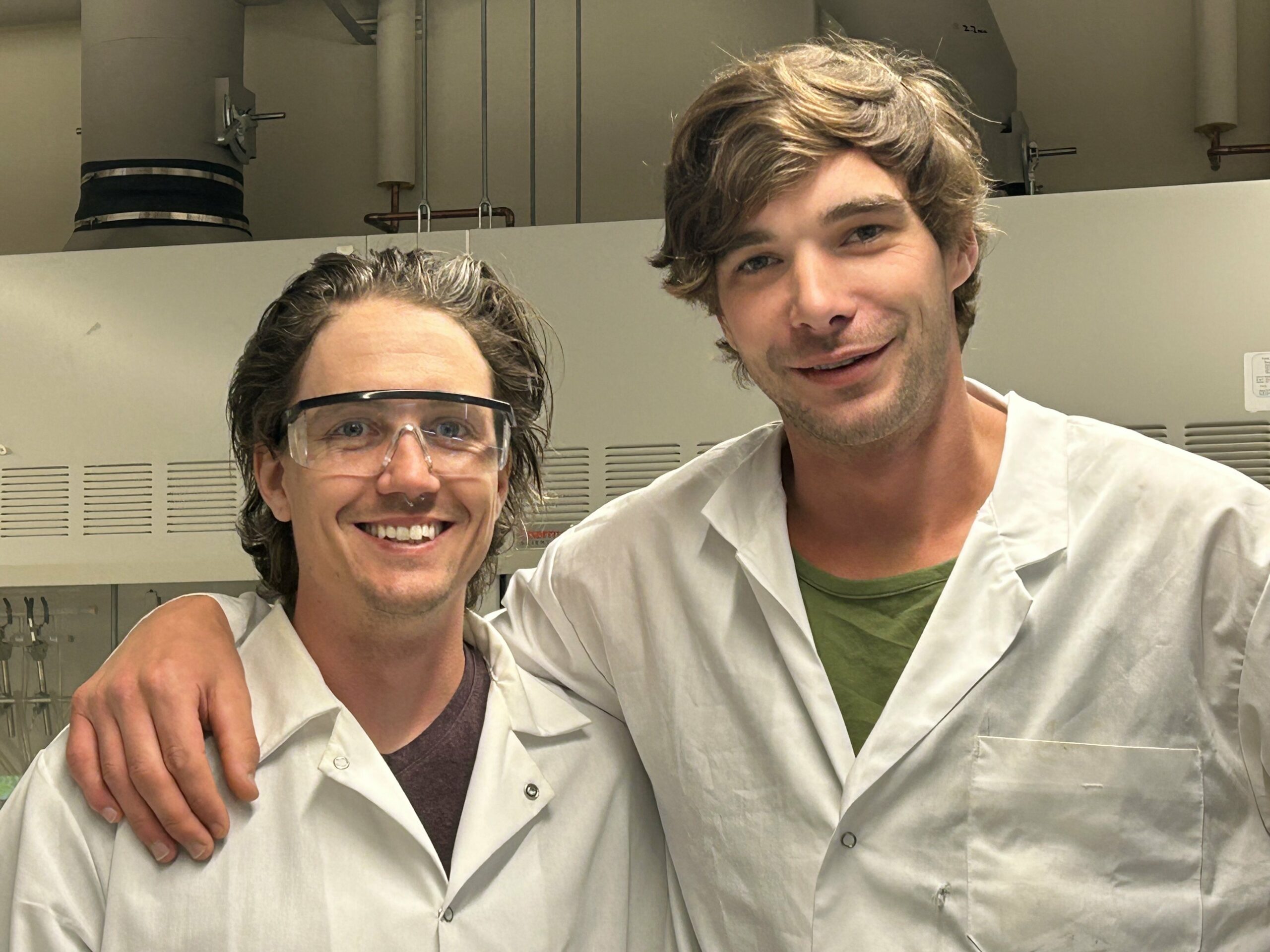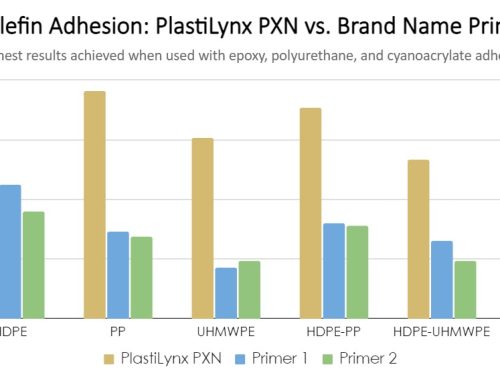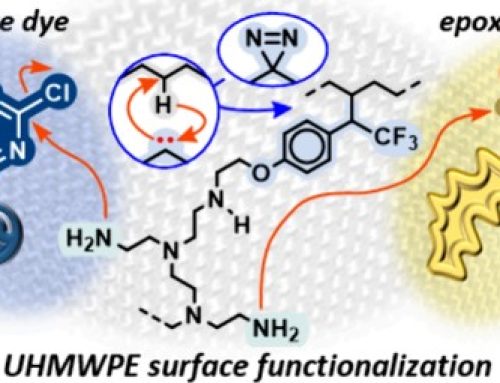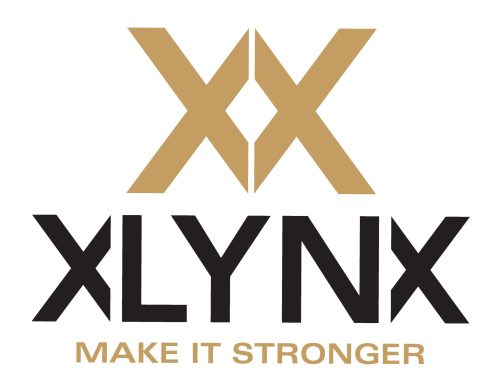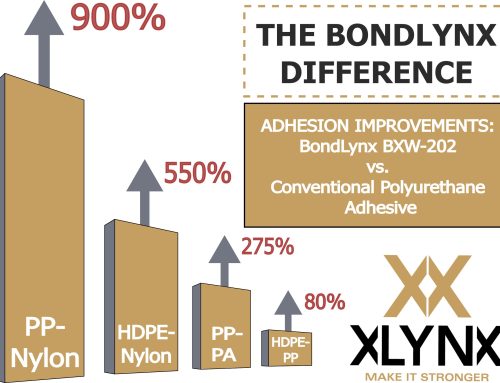Madisen MacFarlane and Cole Brawner talk about their experience working in a groundbreaking field of materials science
As a specialty chem-tech company, our attention tends to focus on promoting new compounds created by our R&D team, or on new applications for our products. However, without the critical work of our testing team to validate assumptions, evaluate products, and confirm optimum conditions, none of this would be possible.
Recently, I had the opportunity to sit down with Madisen MacFarlane and Cole Brawner from the Testing Department to talk about their experience working in an innovative, evolving company like XLYNX Materials. Madisen is the Testing Department’s Lead Materials Scientist. He was also XLYNX’s first dedicated testing resource, so has seen a lot of change in his time with the company. Cole was initially brought onboard as an engineering intern to support the company’s testing program and is now a Materials Scientist working under Madisen. Together, they are responsible for testing, validating, and optimizing XLYNX product performance.
Q: Why don’t you start by telling me a little more about your role with XLYNX?
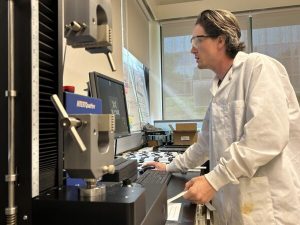
Madisen MacFarlane running lap shear adhesion tests
MM: My role encompasses all the responsibilities of a testing department. This has involved establishing systems for data management and documentation, determining best practices for sample preparation, and standardizing our testing methodologies. Because diazirine technology represents a new way of thinking about material bonding, we needed to build our knowledge base to better understand and communicate the strengths and limitations of our products, so this has been a major part of my role.
CB: I’m primarily involved with sample preparation and adhesion testing. We use a variety of ASTM standards to test the products created by the XLYNX R&D team, and are always looking for ways to optimize conditions for maximum adhesion. We test new crosslinkers in different applications on a variety of substrates. With each combination of crosslinker, application, and substrate comes a new set of variables that needs to be tested and optimized so the list of testing requirements is always growing.
Q: What is the importance of testing for a company like XLYNX Materials?
MM: Testing is an essential part of product development. Knowing where a product excels and what its limitations are has a great effect on how a client perceives the product and how trials are conducted. This also allows for standard operating procedures to be established while flushing out details that help to optimize performance. For the company, testing has been an important part of the decision making process around developing new products and targeting specific industries.
Q: Diazirine technology is a disruptive innovation, as it challenges how designers and manufacturers think about what is possible with materials. What has been your experience working with clients who are trying our products for the first time?
MM: Working with clients has been my favourite part of the job, as it has exposed me to a wide variety of industries and projects. We’re always excited to receive new challenges, as it helps us understand how our products perform in different fields. For clients, I think we are a great resource for validating their applications and optimizing their tests. Through consultation, we can better understand their unique challenges and support them with their trials.
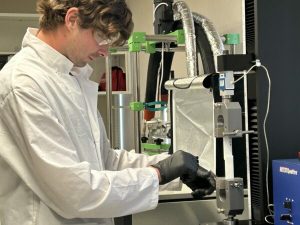
Cole Brawner prepares HDPE coupons for adhesion test
CB: Clients benefit from our attention to detail when it comes to preparing and testing their samples. We focus on ensuring test results are as accurate as possible (we can get a bit obsessive with things like error bars!) as we want to give clients a true representation of the value that our products add. We’re also constantly learning and optimizing our processes, so have been able to provide timely advice to help our clients achieve success in their trials.
Q: Based on your experience, what do you think are the greatest strengths of XLYNX products? What are you most interested in testing in the future?
MM: XLYNX products are application-specific. PlastiLynx has proven to be a great primer for commercial adhesives, while Bondlynx works well as both an adhesive and fabric strengthener. Something I’m interested in testing further is the use of PlastiLynx to create composites, especially epoxy composites made with UHMWPE fabric. I think this has great potential and could be a game-changer in the composite materials industry.
CB: XLYNX molecules are particularly versatile and can have a significant impact in a variety of industries and applications: as adhesives and adhesive primers, in the development of epoxy composites, and as additives to improve the strength-to-weight ratio of fabrics. We also know they have been successful stabilizers for semiconductors and Perovskite solar cells. In the future, I will be very interested in exploring the potential for using XLYNX molecules to process waste plastics into new usable materials. (For reference, here’s a link to the recent XLYNX study that Cole is referring to, where cleavable crosslinkers were applied to a plastic waste reprocessing solution).
Q: Let’s change gears before we wrap this up. What are your interests when you’re not in the lab?
MM: Outside of work, I enjoy snowboarding, video gaming, seeing live music, and getting out into nature with my dog. Eventually, I look forward to exploring more of the backcountry that the north of Vancouver Island has to offer.
CB: I love the outdoors, mostly water sports and mountaineering, which is ideal on the island. My true passion is in designing and creating things using the tools and experiences I’ve gained throughout my life.
Thank you to Madisen and Cole for taking the time to share their thoughts and experiences working with XLYNX Materials. If you have any questions for the Testing Department or require some friendly advice with your trials, we’d love to hear from you. Contact us at info@xlynxmaterials.com and ask for Madisen or Cole!


